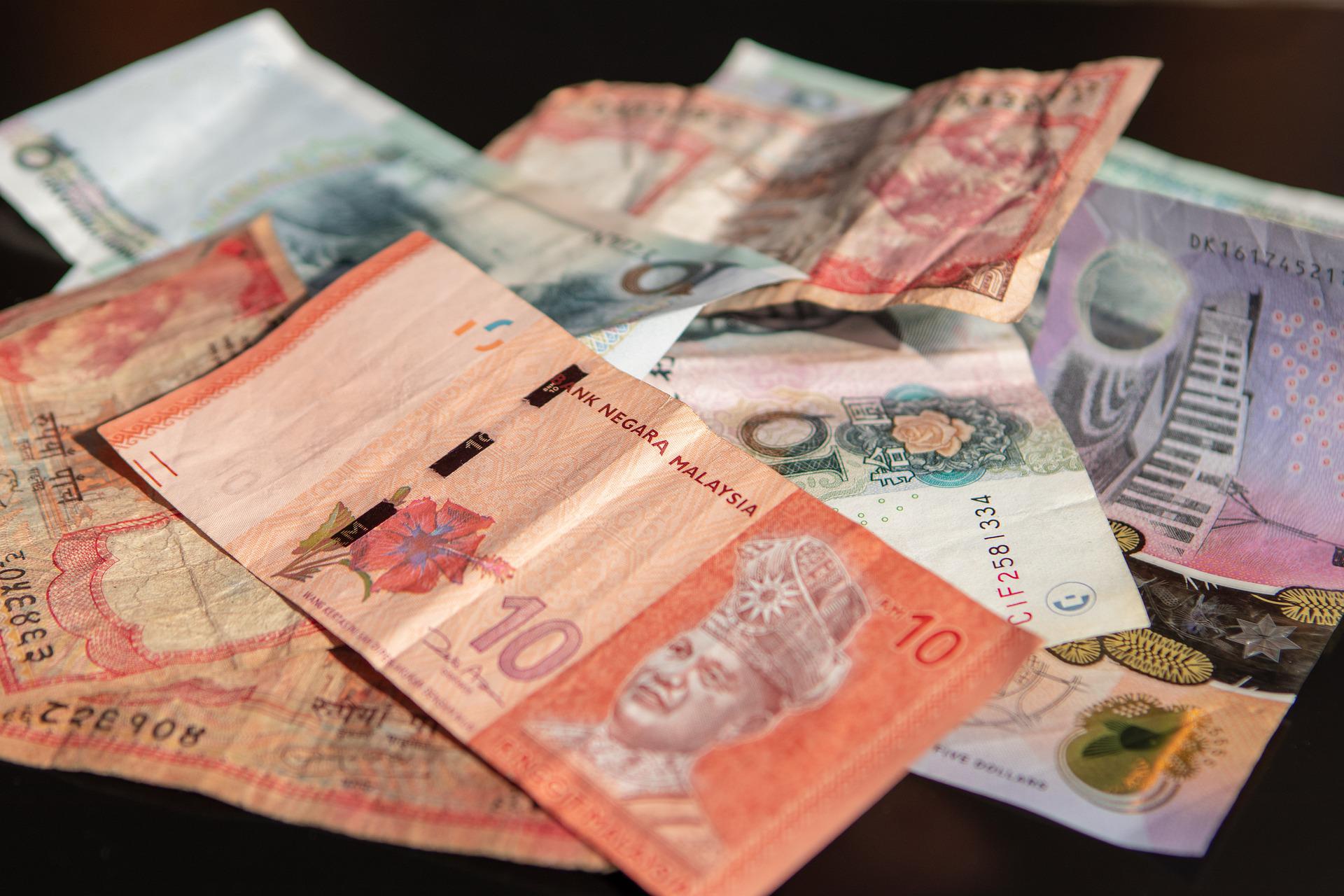The Australian Dollars to US Dollars is at 2-year lows, trading at 0.6792 on July 15, 2022, despite improved economic activity in Australia.

Australian Dollars to US Dollars Moves Lower
The Australian Dollar to US Dollars is trading at levels last seen in June 2020. The AUD/USD currency pair is on a downward momentum, as the currency pair hit a two-year low. The rising value of the US Dollar index pulls the Australian Dollar value lower.
Commodity prices, energy, and construction are the chief areas hit by high prices in the first quarter. The Reserve Bank of Australia is expected to raise rates as inflation remains high. The RBA may hike rates to 75bp, predict experts.
Inflation is poised to increase further, and the RBA may hike rates again if the inflation rate continues to climb higher for the second quarter. Inflation for the first quarter of 2022 was at 2.1%. MI inflation expectations have eased from 7.7% to 6.3%, as consumers expect prices of goods and services to reduce in the next 12 months.
The RBA may hike rates in the next meeting on August 2. The cash rate has increased from 0.85% to 1.35% in line with expectations.
Australian Dollar Value Volatile as China’s Economy Slows Down
Australia has close trade links with China. The economic slowdown in China has disrupted the supply link chain with Australia, largely affecting its production and manufacturing sector.
China is on a growth slowdown as covid infections disrupt the Chinese economy again. Chief cities faced swift lockdown restrictions as the number of covid infected people increased across various parts of China. The people bore the brunt of the lockdown as the job market fell and factories shut down from March to May.
China set a growth target of 5.5% for 2022 but expects it to fall to 4.4%. GDP figures are below expectations.
The real-estate sector took a beating in China as people refused to repay their mortgage loans to banks. The property sector, which was already affected by Covid restrictions, faces a bleak future as people break the chain of borrowing and lending that keeps the banking sector prosperous.
Economic Outlook in Australia Improves
AIG Manufacturing Index has improved from 52.4 to 54.0 indicating industrial expansion. Commodity prices year-on-year have come down from 34.7% to 24.3% this month to benefit consumers. The MI inflation gauge has reduced from 1.1% to 0.3% as consumer inflation pressure eases.
Consumer sentiment has increased from -4.5% to -3.0% as consumer spending improved along with the overall economic activity. The trade balance in Australia has risen from 13.25 billion to 15.97 billion.
The unemployment rate in Australia created a positive stir, with data at 3.55 against the previous figure of 3.9%. Full-time employment surged to 52.9k.
Meanwhile, the AIG Services Index has come down from 49.2 to 48.8 as business conditions regarding employment, new orders, and inventories have come down in service-based companies.
Unemployment Rate Falls in Australia
Employment change in Australia has improved from 60.6k to 88.4k. Job creation in various parts of the country has gone up. The number of people unemployed has come down by 54,300. The unemployment rate saw a sharp fall from 3.9% to 3.5%. The job sector shows signs of strengthening with strong economic data in Australia.
The jobs sector bounced as employment figures went up by 88,400, higher than expectations at 30,000. The labor market recovered as economic activity returns to normal after the pandemic turmoil.
EUR/AUD, GBP/AUD, and US Dollar Index Price Predictions
EUR/AUD
The Euro to US Dollar is at a new 20-year low. There is an energy crisis in the Euro region. Fear of a recession pulls the Euro currency lower. The Russian invasion of Ukraine has affected the European economy as uncertainty hits the single currency.
GBP/AUD
There is political unrest in Britain after Boris Johnson resigned from his position as the Prime Minister of the United Kingdom. Rishi Sunak and Liz Truss are in the race for the top post. The fiscal policy is under attack, plunging the GBP/USD lower towards 1.1852 levels.
The British Pound to the Australian Dollar is trading at support levels of 1.7440. A break below 01.7425 may push the GBP/AUD currency pair to June lows.
US Dollar Index
The US Dollar index (DXY) surged ahead to a 2-decade high. US CPI came at 9.1%, much higher than the target rate of 2%. The Fed made multi-rate hikes to curb inflation and is expected to hike rates again in the next meeting. The hawkish approach from Fed’s Waller warns investors of a large rate hike.
Traders turn to the greenback as a safe-haven currency, causing the US Dollar to rise higher. The employment sector remains strong, causing a spike in the US Dollar Index.
The rising US Dollar Index is another reason for the weakening Australian Dollars to US Dollars currency pair value.